Plan for re-establishing my Bermuda in Texas
marcelosomers
11 years ago
Related Stories
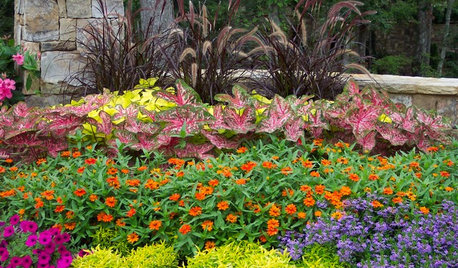
GARDENING GUIDESTexas Gardener: What to Do in July
Beat the heat with sun-loving blooms, pest control, good lawn care and sun protection. Pick up the pace for planting and planning
Full Story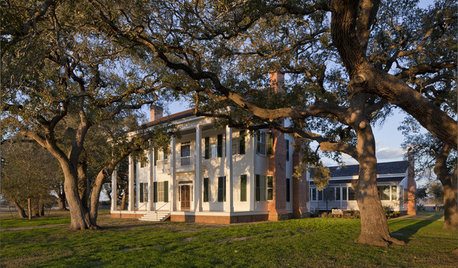
HOUZZ TOURSHouzz Tour: An 1850s Ancestral Home in Texas Rises Again
See how exacting research and meticulous renovations gave a retired couple their dream home on a regained family plantation
Full Story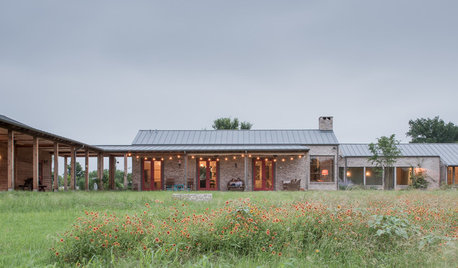
RANCH HOMESHouzz TV: An 1880s Texas Fort Influences a New Forever Home
See how this just-built Texas ranch home captures the look of history
Full Story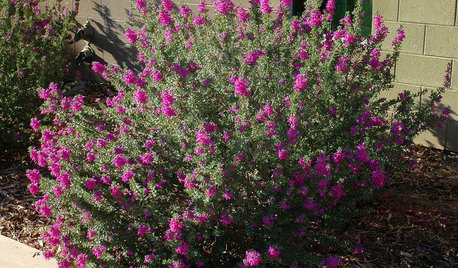
GARDENING GUIDESGreat Design Plant: Texas Ranger Explodes With Color
If purple is your passion, embrace Leucophyllum frutescens for its profusion of blooms and consider the unfussiness a bonus
Full Story
HOUZZ TOURSHouzz Tour: Texas Family Trades Traffic Noise for Frog Songs
Modern glass and stone structures hug two waterways on a sprawling Texas Hill Country compound
Full Story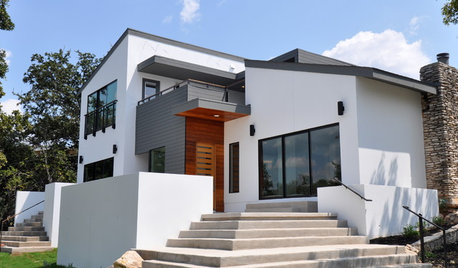
HOUZZ TOURSHouzz Tour: Modern Renewal for a Tired Texas Ranch
This major makeover involved additions, layout changes and a new facade. See the stunning results here
Full Story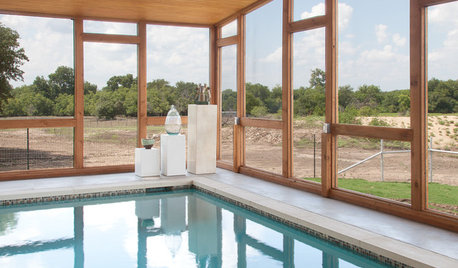
HOUZZ TOURSMy Houzz: An Animal Lover's Texas Sanctuary
Dogs, cats and horses enjoy an idyllic temporary refuge here, but the eco-minded home has a permanent place in its owner's heart
Full Story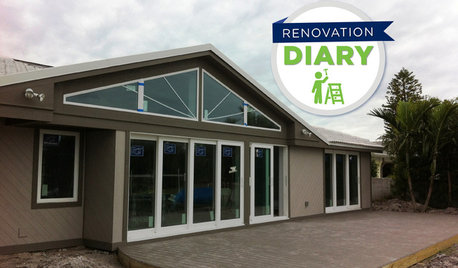
REMODELING GUIDESPlan Your Home Remodel: The Interior Renovation Phase
Renovation Diary, Part 4: Peek in as the team opens a '70s ranch home to a water view, experiments with paint and chooses tile
Full Story
GARDENING GUIDESWhat Are Your Spring Gardening Plans?
Tearing out the lawn? Planting edibles? Starting from scratch? Tell us what you plan to change in your garden this year
Full Story
GARDENING GUIDESHow to Switch to an Organic Landscape Plan
Ditch the chemicals for a naturally beautiful lawn and garden, using living fertilizers and other nontoxic treatments
Full Story







rager_w
rager_w
Related Professionals
Maple Valley Landscape Architects & Landscape Designers · Ferndale Landscape Architects & Landscape Designers · Woburn Landscape Contractors · Bowie Landscape Contractors · Cerritos Landscape Contractors · Davidson Landscape Contractors · Fort Wayne Landscape Contractors · Hannibal Landscape Contractors · Kailua Landscape Contractors · Kettering Landscape Contractors · Matteson Landscape Contractors · Peoria Landscape Contractors · Ronkonkoma Landscape Contractors · Santa Ana Landscape Contractors · West Chicago Landscape Contractorsgrasshole
Brad Edwards
apundt-tx
marcelosomersOriginal Author
l_w_davis
apundt-tx
marcelosomersOriginal Author
dchall_san_antonio
marcelosomersOriginal Author
texas_weed